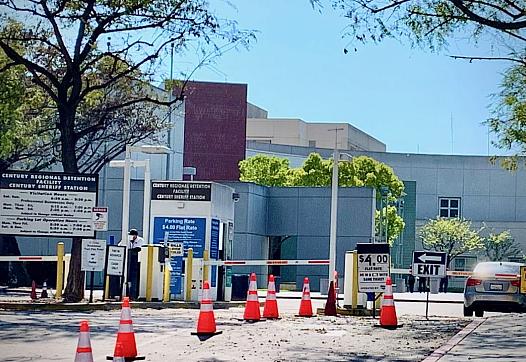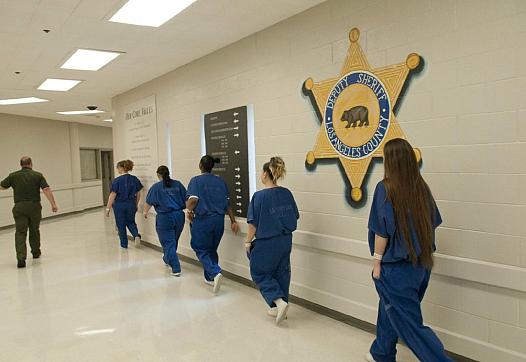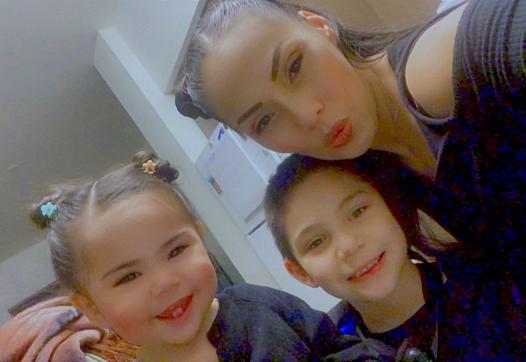
Many in the resource-strapped sickle cell community find they are unable to access fertility treatments.

Many in the resource-strapped sickle cell community find they are unable to access fertility treatments.

People whose maternal care depends on federal dollars can’t get abortions under the Hyde Amendment. What will the end of Roe hold for them?
More than 2 million women live in counties with no birth center or other obstetric care. A ban on abortion could mean greater health risks for them.

Inspector General Max Huntsman said he “received complaints from pregnant people in custody and their loved ones” about food and bottled water availability in jail, as well as out-of-cell time for exercise, and other issues.

While the success of South Asians in the Silicon Valley tech sector gets a lot of ink, not much is written or known about the spouses of these tech workers who come on dependent visas. Two journalists set out to change that.

A growing number of women are facing criminal charges for substance use during pregnancy in Oklahoma. Experts and health care providers say that’s bad for moms and babies.

There's a pressing need for LA’s Office of Diversion and Reentry to scale up its diversion capacity for moms, but so far the money to do so hasn’t been there.

Moms talk about what it’s like to be pregnant in jail, and about their lives before and after incarceration.

A teenage boy left at a hospital in December 2019 triggered 11Alive’s investigation into child abandonment. His mom says there’s a lot we don’t know about that day.

Black Oklahomans are 50% more likely than white Oklahomans to die from maternity-related complications. Black babies in Oklahoma are almost 2.5 times more likely than white babies to die before their first birthday.